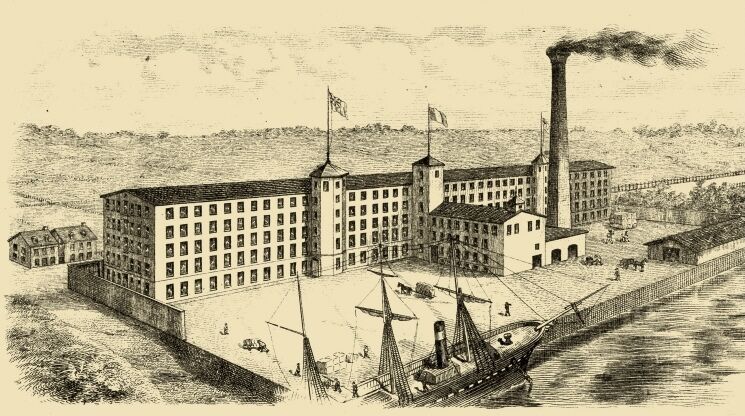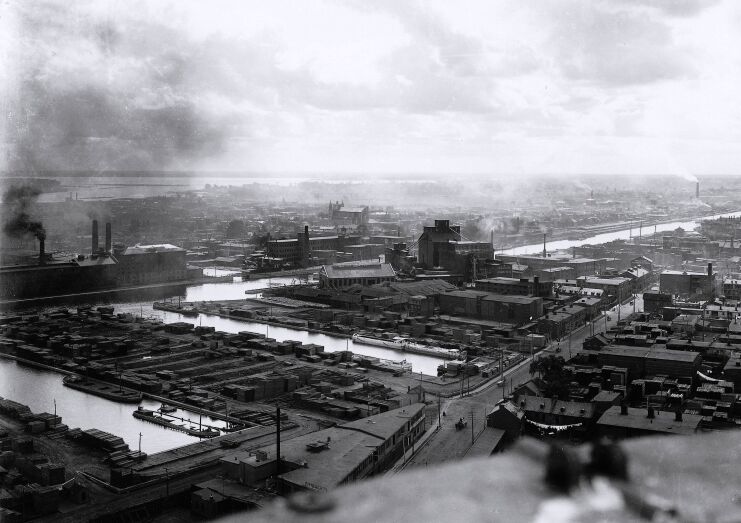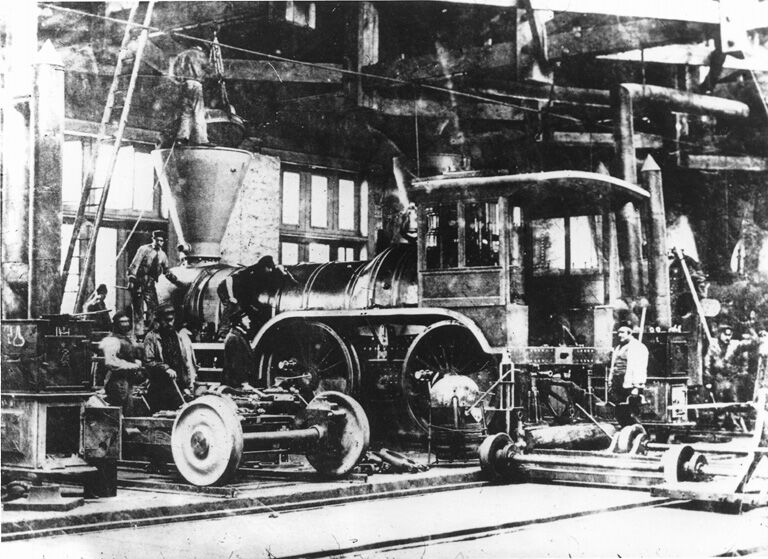The measures adopted by the United Kingdom in the early 1840s had a direct impact on trade for United Canada. Faced with these changes, the colony had to find new markets for the export of its raw materials and manufactured products.
The colony’s leaders turned to their neighbours to the south and began discussions with the United States of America, which had the potential to be a major trading partner for United Canada. Finally, in 1854, United Canada and the United States signed the Reciprocity Treaty, which would increase trade between the United States and United Canada. United Canada benefitted from the fact that raw materials and agricultural products were not taxed at the American border. This treaty meant the United States was interested in buying large amounts of resources from United Canada, and wheat, wood and coal were exported extensively.
However, in 1866, the United States decided not to renew the treaty. The colony would have to find another solution to ensure its economic growth.

By the later 1840s, technical advancements and the development of transportation networks allowed the Province of Quebec to grow. The merchants from Montreal and Quebec City, generally British, invested significant capital, fostering the development of multiple industries.
Capital is money held by individuals. People who invest capital aim to make a profit.
The colony gradually became industrialized. Industrialization means that industries produce large quantities of merchandise quickly. These industries began to use machines to make their products and could then hire unskilled workers to operate the machines.
The main energy sources were coal and steam. Coal was burned to boil water, producing steam and generating the pressure used to operate a machine. Little by little, industrialization wiped out artisanal methods, which could not compete with the production speed of industrial machines.
The main production sectors were iron, steel, food, leather, footwear, tobacco and textiles. Timber was still a growing sector at this time.
All the main production sectors form the acronym TFTSLS: Textiles, Food, Timber, Steel, Leather Shoes.
The industries developed near cities and waterways. Cities had the benefit of providing plenty of labour to produce the goods, as well as a population to buy them. It was easy to transport merchandise using waterways like Lower Canada’s Lachine Canal, in Montreal. In Upper Canada, Toronto became the industrial centre. Toronto is in the Great Lakes region and is also near the U.S. border, two advantages that facilitated trade after the Reciprocity Treaty was signed.

Thanks to the capital invested after the Reciprocity Treaty was signed, transportation infrastructure continued to be developed. Major projects were underway in United Canada, such as the waterway between Quebec City and Montreal that was dug along the St. Lawrence River for ships to travel between the two cities. Previously, some sections of the river were impassable for large ships. When the canals were built in the early 1850s, transporting merchandise between Quebec City and Montreal became faster and less expensive. Several other canals and locks were also built in United Canada during this period. In Montreal, industries were set up along the Lachine Canal where they had access to a huge transportation network and could use hydraulic power to operate their machinery.
Canals were dug for ships to pass. Locks were built on these canals to raise or lower the water level for ships along this waterway.
Despite the efficiency of maritime transportation, it could not be used year-round because of the changing seasons. The Province of Canada had to invest in railroads in order to transport merchandise by land in all seasons. However, it would be very expensive to build these railroads. For this reason, a law was passed by the Legislative Assembly in 1849 to allow the companies to obtain loans more easily. As a result, many railroad companies developed, including the Grand Trunk Railway, which would connect Montreal to the Great Lakes by rail. It also extended east to Rivière-du-Loup.
